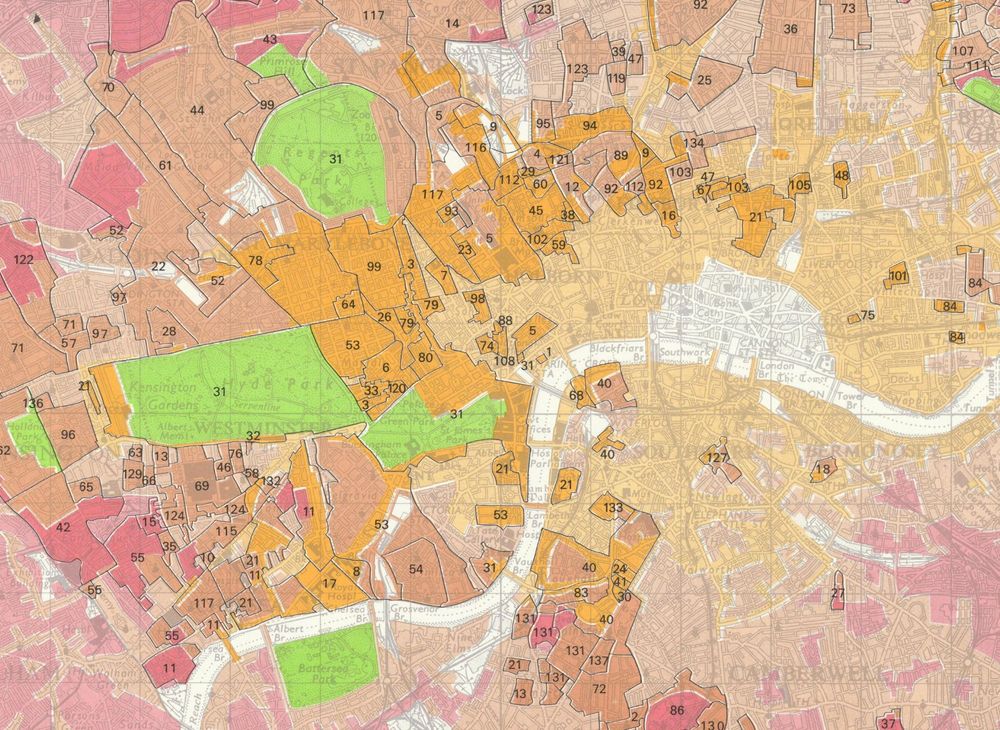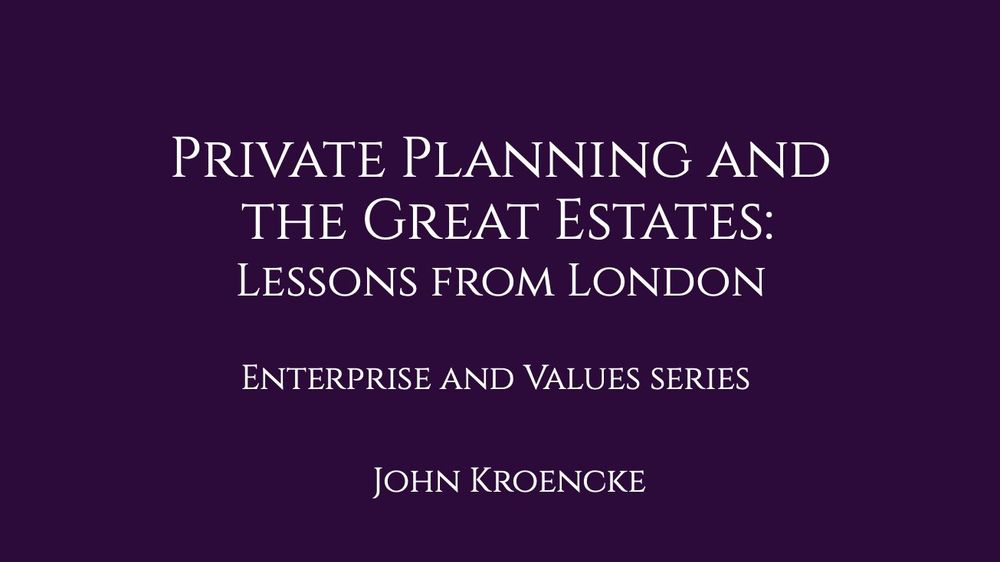John Kroencke
@johnkroencke.bsky.social
520 followers
160 following
28 posts
johnkroencke.com
https://theceme.substack.com/p/private-planning-and-the-great-estates
Posts
Media
Videos
Starter Packs
Reposted by John Kroencke
Reposted by John Kroencke
John Kroencke
@johnkroencke.bsky.social
· Jan 20
John Kroencke
@johnkroencke.bsky.social
· Nov 27
Reposted by John Kroencke
John Kroencke
@johnkroencke.bsky.social
· Nov 22
Reposted by John Kroencke
John Kroencke
@johnkroencke.bsky.social
· Nov 20
John Kroencke
@johnkroencke.bsky.social
· Nov 20
John Kroencke
@johnkroencke.bsky.social
· Nov 20
John Kroencke
@johnkroencke.bsky.social
· Nov 20
John Kroencke
@johnkroencke.bsky.social
· Nov 20
John Kroencke
@johnkroencke.bsky.social
· Nov 20
John Kroencke
@johnkroencke.bsky.social
· Nov 20
John Kroencke
@johnkroencke.bsky.social
· Nov 20
John Kroencke
@johnkroencke.bsky.social
· Nov 20
John Kroencke
@johnkroencke.bsky.social
· Nov 20
John Kroencke
@johnkroencke.bsky.social
· Nov 20
John Kroencke
@johnkroencke.bsky.social
· Nov 20
John Kroencke
@johnkroencke.bsky.social
· Nov 20












